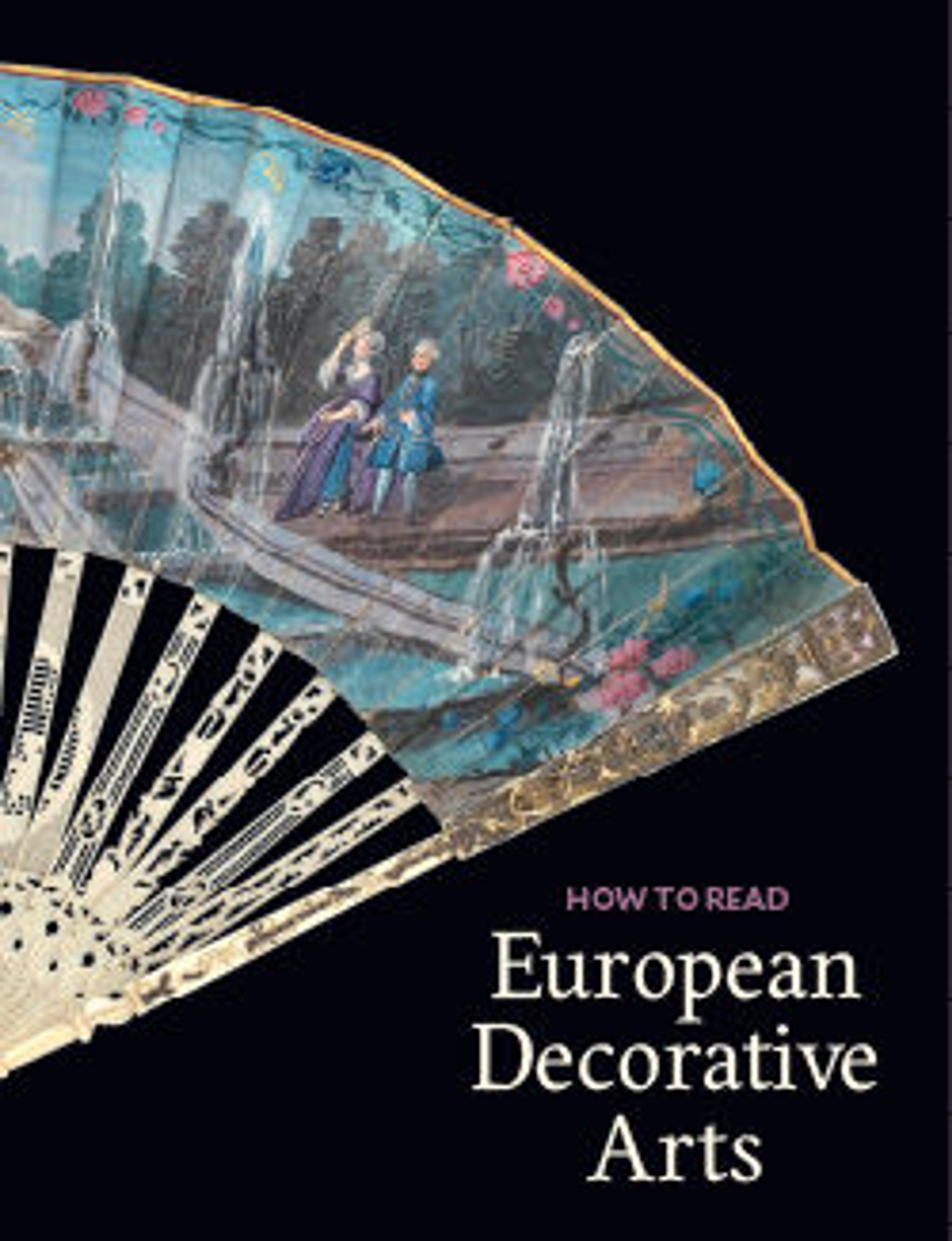Plate with Monogram of the Dutch East India Company
This porcelain dish is emblazoned with the monogram VOC, which stands for the Vereenigde Oost-Indische Compagnie, the Dutch East India Company. During most of the Edo period (1615–1868), the Dutch were the only Europeans allowed to trade with Japan. They were confined to the small man-made island of Deshima, off the coast of Nagasaki, from which point they acquired Japanese porcelain. Although the Dutch brought many wares back to Europe, the dishes inscribed VOC were intended only for officers of the company.
This dish has a white background decorated ornately in underglaze blue, with a paneled border around the rim. This is typical of the type of export ware known as kraak, which originated in China and was imitated by potters in Japan at the request of the Dutch.
This dish has a white background decorated ornately in underglaze blue, with a paneled border around the rim. This is typical of the type of export ware known as kraak, which originated in China and was imitated by potters in Japan at the request of the Dutch.
Artwork Details
- Title: Plate with Monogram of the Dutch East India Company
- Period: Edo period (1615–1868)
- Date: ca. 1660
- Culture: Japan
- Medium: Underglaze blue (Arita ware)
- Dimensions: H. 2 3/8 in. (6 cm); Diam. 12 3/8 in. (31.4 cm); Diam. of foot (6 3/8 in. (16.2 cm)
- Classification: Ceramics
- Credit Line: Dr. and Mrs. Roger G. Gerry Collection, Bequest of Dr. and Mrs. Roger G. Gerry, 2000
- Object Number: 2002.447.40
- Curatorial Department: Asian Art
More Artwork
Research Resources
The Met provides unparalleled resources for research and welcomes an international community of students and scholars. The Met's Open Access API is where creators and researchers can connect to the The Met collection. Open Access data and public domain images are available for unrestricted commercial and noncommercial use without permission or fee.
To request images under copyright and other restrictions, please use this Image Request form.
Feedback
We continue to research and examine historical and cultural context for objects in The Met collection. If you have comments or questions about this object record, please contact us using the form below. The Museum looks forward to receiving your comments.
